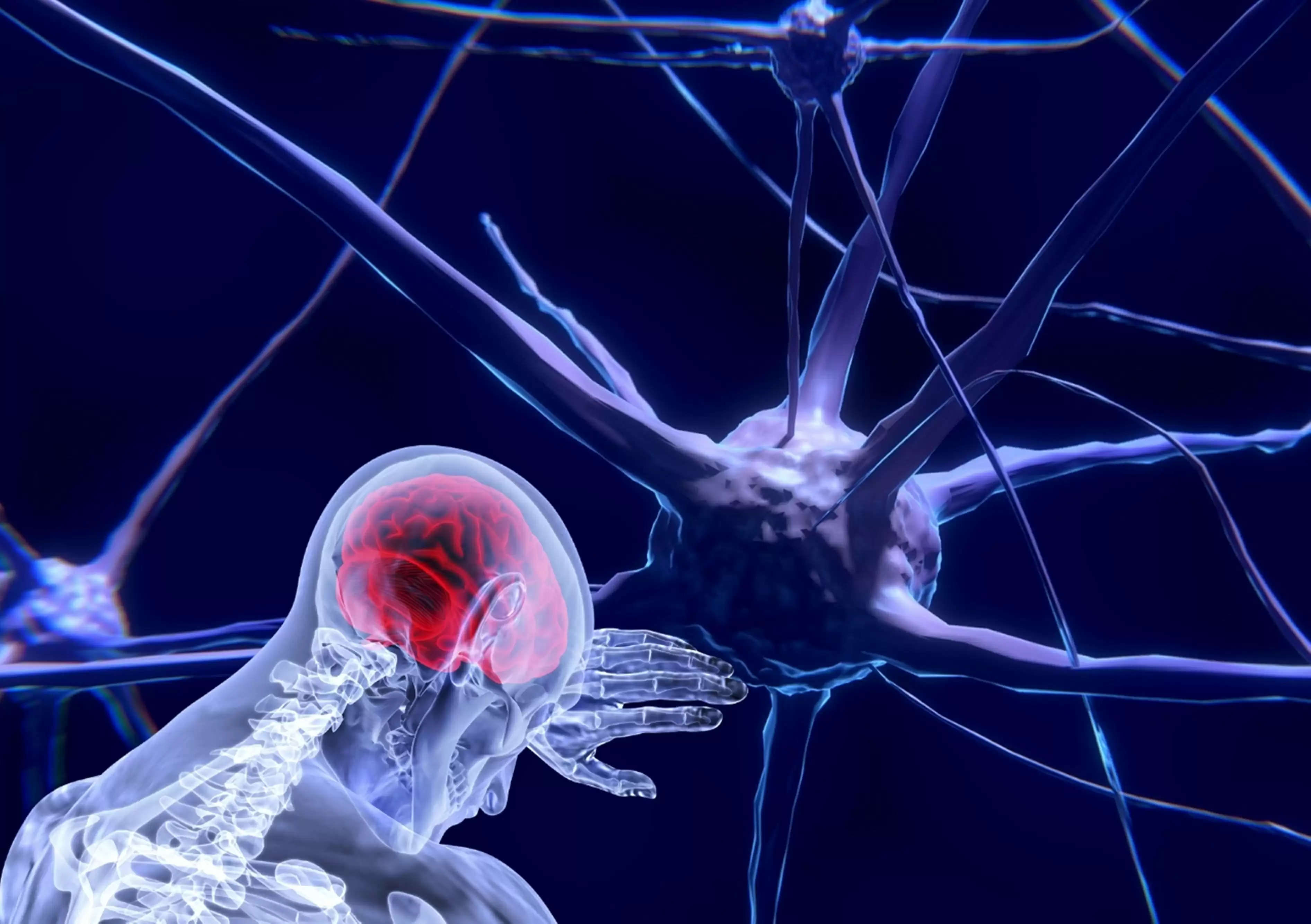Unveiling NeuM: A Revolutionary Tool For Neuroscience

Degenerative brain disorders, including Alzheimer's, Parkinson's disease, and stroke, pose significant challenges to public health worldwide. Understanding their underlying mechanisms is crucial for developing effective treatments.
The Birth of NeuM: Next-Generation Technology
NeuM (Neuronal Membrane-selective) technology, developed by South Korean scientists at the Korea Institute of Science and Technology (KIST), promises to transform the study of degenerative brain disorders. By selectively labeling neuronal membranes, NeuM offers unparalleled insights into neuronal structure and function.
Unraveling Neuronal Dynamics with NeuM
NeuM enables real-time monitoring of neuronal changes for up to 72 hours, surpassing conventional techniques in accuracy and tracking capabilities. This breakthrough facilitates a deeper understanding of the complexities of the human brain.
Dr. Kim Yun Kyung: Pioneering Neuroscience Advancements
Leading the NeuM research is Dr. Kim Yun Kyung, a renowned neuroscientist from the Brain Science Institute at KIST. Dr. Kim's visionary leadership underscores NeuM's potential to revolutionize our understanding of degenerative brain disorders.
Charting the Future: NeuM's Potential Impact
As NeuM evolves, its potential impact grows. Dr. Kim envisions further refinement of the technology, enabling precise analysis of neuronal dynamics. By leveraging fluorescence wavelengths, researchers can unlock new insights into degenerative brain disorders and accelerate treatment development.
Conclusion: NeuM Lights the Path Forward
In conclusion, NeuM represents a paradigm shift in neuroscience, offering unparalleled capabilities for studying degenerative brain disorders. Its ability to visualize neuronal structures and monitor changes in real-time holds the key to unlocking the mysteries of the human brain. As NeuM advances, personalized medicine and therapeutic innovation become increasingly achievable.
.jpg)
